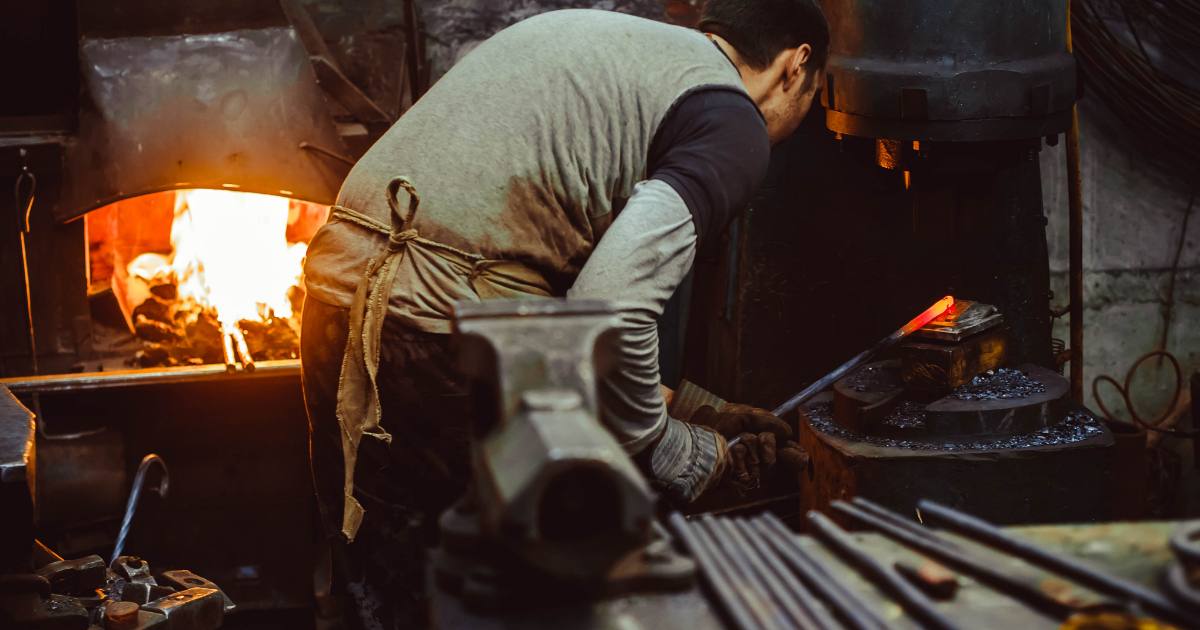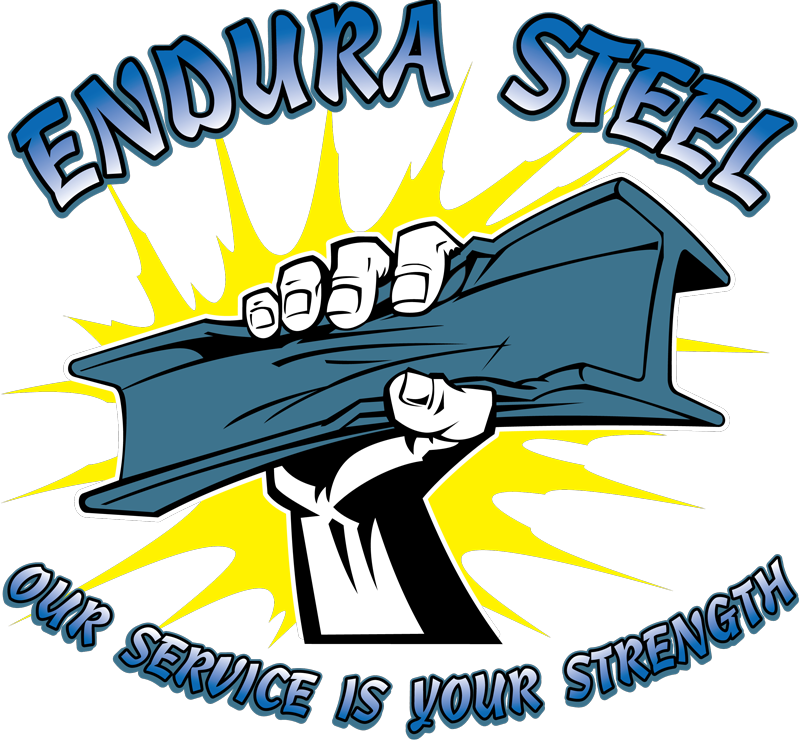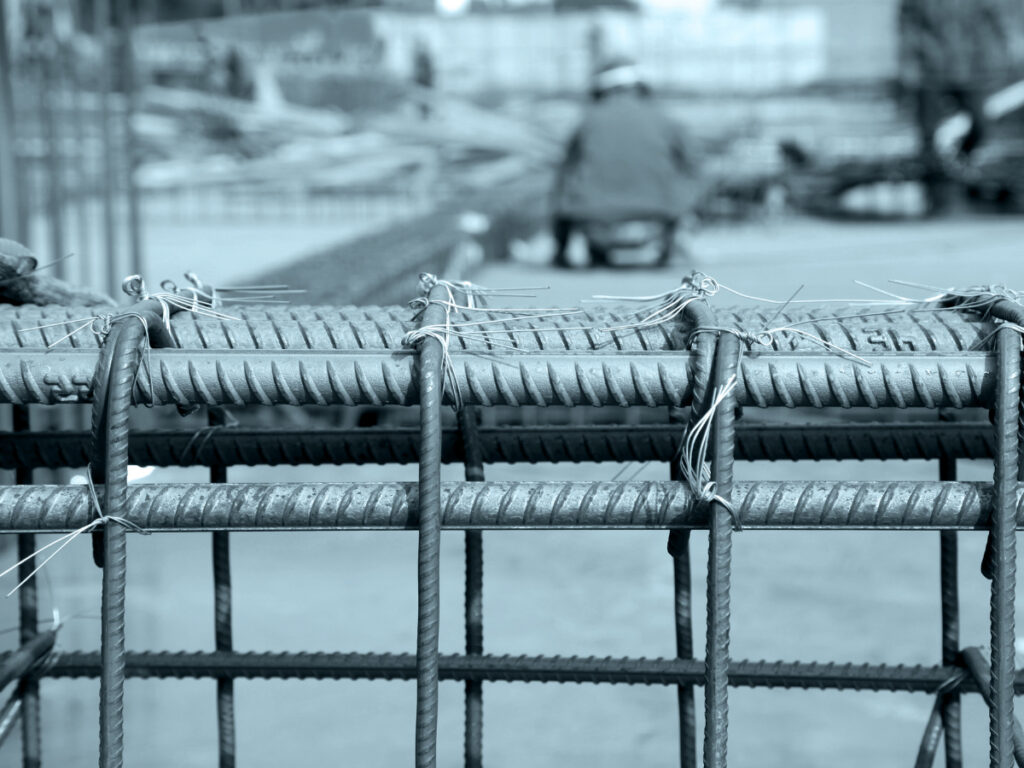Construction, like fashion, has a way of making comebacks. The same holds for Rebar, an unsung hero in the world of construction. Think of it as the skeleton within our concrete structures, keeping them upright and sturdy. Now, take a moment to consider this – we’re living in an era of dazzling technological advancements, so why would we turn to historical construction techniques? Well, it’s not just for nostalgia. There’s a certain allure in the old ways. They’re tried and tested, reliable, and sometimes surprisingly innovative. They remind us of when artisans crafted buildings, pouring their souls into structures that have stood the test of time.
So, what’s this article all about? We’re diving into the world of Rebar – not just any rebar, but historic rebar techniques. We’ll journey through time, exploring the roots of these techniques, understanding their evolution, and examining their benefits and limitations. But that’s not all. We’ll also uncover how these age-old methods are making a comeback in modern construction, providing unique solutions and creating structures as robust as they are aesthetically pleasing.
We’ll delve into their benefits, discuss their challenges, and explore how they can be navigated. Furthermore, we’ll look into the crystal ball, assessing the potential future implications of using these historical techniques in modern construction. So, fasten your seatbelt as we embark on this exciting journey – a rebar renaissance. It’s a tale of how the past intertwines with the present and shapes the future, a testament to the enduring relevance of historical techniques in our modern world.
The History of Rebar
Like a great-grandfather recounting yesteryear tales, Rebar’s history has its own story. The concept began as a twinkle in the eyes of our ancestors, who used wooden stakes and twigs to reinforce their mud huts. Humble beginnings, indeed, but even then, they recognized the importance of ‘reinforcement.’ As civilizations grew, so did our ambitions. The wooden stakes of yesteryear morphed into iron rods, a transformation as significant as swapping a horse-drawn carriage for a sports car. Robust iron became the backbone of the industrial age, reinforcing structures like bridges, factories, and even the Eiffel Tower. However, as with any story, there were twists and turns. Iron, while stronger than wood, had a knack for rusting.
Enter Steel, the modern knight in shining armor. Steel rebars solved the rust problem, providing superior strength and durability. Buildings got taller, bridges spanned wider, and seemingly impossible structures became a reality. As for techniques, they evolved hand in hand with materials. The simplest method involved placing rebars within the formwork before pouring concrete. As time passed, more complex methods developed, like the post-tensioning technique, where rebars were tensioned after the concrete sets. Each historical rebar technique had its charm. Some offered incredible strength, others had flexibility, and others were easy on the pocket. However, no method was perfect. Some were labor-intensive, others required special skills, and a few were more expensive.
In essence, the history of Rebar is an evolution. It’s a story of how we learned to balance strength, cost, and durability, a tale of triumph over natural elements and a testament to human ingenuity. Looking back, it’s clear that our past has shaped our present, and as we’ll see, it continues to influence our future.
The Revival of Historic Rebar Techniques
 As construction techniques evolve, some believe it’s vital to remember the old ways. Revising historic rebar techniques is an attempt to blend modern materials with tried-and-true methods. It’s a way to honor the past while building for the future. Several factors have sparked this revival. Firstly, modern construction is a big business. Developers want to create innovative, cost-effective, and sustainable structures. Secondly, environmental factors like climate change and natural disasters have become a pressing concern. Finally, there’s a growing appreciation for historic architecture, with many heritage buildings still standing strong after centuries.
As construction techniques evolve, some believe it’s vital to remember the old ways. Revising historic rebar techniques is an attempt to blend modern materials with tried-and-true methods. It’s a way to honor the past while building for the future. Several factors have sparked this revival. Firstly, modern construction is a big business. Developers want to create innovative, cost-effective, and sustainable structures. Secondly, environmental factors like climate change and natural disasters have become a pressing concern. Finally, there’s a growing appreciation for historic architecture, with many heritage buildings still standing strong after centuries.
So, how are these historic techniques being used today? One example is the Transamerica Pyramid in San Francisco. Completed in 1972, it utilized a historic rebar technique called the “mat-slab foundation.” The method involves placing a thick concrete slab with rebars embedded in it, supporting the structure and providing added seismic stability. It’s like taking an old recipe and adding new ingredients to make a perfect dish. Another example is the Sagrada Familia in Barcelona. Although still under construction, it’s a prime example of how historical techniques can be combined with modern technology. The steel and concrete structure boasts a hybrid of traditional and contemporary rebar techniques, creating a stunning work of art.
Historic rebar techniques offer unique solutions to modern construction challenges. They can provide added strength, durability, and seismic resistance, especially in earthquake-prone areas. Moreover, the cost of some historic techniques can be lower than modern ones, offering an economic advantage. But how do these techniques stack up against modern ones? It’s a tricky question. Modern techniques are often more efficient, faster, and easier to implement. Still, they may not always offer the same level of resilience and durability as some historic techniques.
Benefits of Using Historic Rebar Techniques
The benefits of using historic rebar techniques are numerous. They offer unique advantages that modern techniques may not provide, contributing to the longevity and durability of structures.
- Historic techniques have stood the test of time. Structures standing for centuries, such as the Colosseum in Rome, testify to their effectiveness. The longevity of these structures shows that historic rebar techniques can offer exceptional durability and resilience.
- Historic rebar techniques often require fewer materials than modern techniques, offering cost savings. For example, some landmark techniques utilize less steel than modern ones. This can reduce costs and the environmental impact of construction, making it a more sustainable choice.
- Historic techniques can provide unique solutions to contemporary construction challenges. For instance, the “mat-slab foundation” technique used in the Transamerica Pyramid in San Francisco offers additional seismic resistance. Other historical methods can provide greater flexibility, allowing structures to withstand wind and other environmental forces better.
- Historic techniques can contribute to the aesthetics of a structure. Many historic techniques, such as exposed Rebar, can add an industrial or rustic charm to a building. Some historic techniques can also create intricate and ornate designs, adding a unique character to the structure.
- Using historic rebar techniques can help preserve cultural heritage. Many historic structures worldwide are still standing strong, serving as a testament to the craftsmanship of the past. Using historical techniques in new construction projects can help preserve this cultural heritage, connecting the past to the present.
Challenges of Using Historic Rebar Techniques

While historic rebar techniques offer numerous benefits, they come with challenges. These challenges can make it difficult for architects, engineers, and contractors to implement these techniques in modern construction projects. A challenge is the lack of expertise in these techniques. As modern construction techniques have become more prevalent, the knowledge and skills required to implement historic rebar techniques have dwindled. Finding skilled workers who effectively implement these techniques can be challenging, increasing the risk of errors and delays.
Another challenge is the availability of materials. Some historic rebar techniques may require specific types of steel or other materials that are no longer readily available. This can increase the cost of construction and make it more challenging to implement these techniques effectively. Historic rebar techniques can also be more time-consuming and labor-intensive than modern techniques. This lead to increased costs and long construction times, which may not be feasible for some projects.
More Challenges
Additionally, some historic rebar techniques may not be suitable for all structures. They may be more effective in specific environments, such as earthquake-prone regions, but may not be as effective in other areas. There are ways to overcome these challenges. One solution is to invest in training programs and workshops to educate workers on historic rebar techniques. This can help increase the pool of skilled workers and promote the use of these techniques in modern construction.
Another solution is to work with suppliers to find materials that meet the requirements of historic rebar techniques. This can reduce costs. It ensures that the materials used are adequate for the method employed.
Finally, architects and engineers can carefully consider the requirements of the project. Next is to select an appropriate construction technique. By weighing the benefits and challenges of each method, they can make an informed decision that ensures the project’s success. The challenges of using historic rebar techniques include a lack of expertise, availability of materials, increased construction times, and limited suitability for some structures. However, these challenges can be overcome through training programs, careful selection of materials, and informed decision-making by architects and engineers.
Future Implications of Using Historic Rebar Techniques
The use of historic rebar techniques in modern construction has significant future implications. As society becomes more focused on sustainability and resilience, these techniques offer unique solutions to meet these goals. One potential benefit of using historic rebar techniques is increased sustainability. Reducing the amount of steel used in construction and utilizing more sustainable materials, such as bamboo or recycled materials, can help reduce construction’s environmental impact.
By incorporating these rebar techniques into modern construction, architects, and engineers can create more resilient structures that can better withstand natural disasters such as earthquakes, hurricanes, and floods.
Using historic rebar techniques can also help preserve cultural heritage. Many historic structures worldwide are still standing strong, serving as a testament to the craftsmanship of the past. Architects and engineers can maintain this cultural heritage by incorporating these techniques into modern construction and creating a connection.
Another potential benefit is the unique aesthetic appeal that these rebar techniques can bring to modern structures. By utilizing these techniques, architects and engineers can create buildings with a special character and charm, which can help develop a sense of place and identity within a community. There are potential limitations to historic rebar techniques. For example, some methods may not be suitable for all structures or environments. So consider the project’s requirements and select the most appropriate construction technique.
The future implications of using historic rebar techniques in modern construction are significant. They offer opportunities to create more sustainable, resilient, and culturally important structures. While these techniques may have limitations, careful consideration can ensure their effective implementation in modern construction.
Final Thoughts
To summarize, using historic rebar techniques in modern construction offers numerous benefits, including exceptional durability, cost savings, unique solutions to construction challenges, aesthetics, and preservation of cultural heritage. While these techniques come with challenges, such as a lack of expertise and availability of materials, they can be overcome through training programs, careful selection of materials, and informed decision-making by architects and engineers.
As society becomes more focused on sustainability, resilience, and cultural heritage, historic rebar techniques offer unique solutions to meet these goals. They can create more sustainable and resilient structures that better withstand natural disasters and contribute to the preservation of cultural heritage. Historic rebar techniques can provide unique aesthetic appeal and character to modern structures, contributing to a community’s sense of place and identity. Architects and engineers can use these techniques to create functional and beautiful buildings.
Revising historic rebar techniques is a nod to the past and a way to build for the future. It’s a renaissance of old designs reimagined for modern times. By incorporating the wisdom of the past into modern construction, we can create structures that stand time and contribute to the sustainability and resiliency of our built environment.
Sometimes history repeats itself, and you know? That’s sometimes a good thing. Rebar on!
Resources
– “Preserving Historic Concrete: Challenges and Solutions” by the National Park Service: https://www.nps.gov/tps/how-to-preserve/briefs/41-concrete.htm
– “Reinforcing Steel in Buildings” by the National Institute of Standards and Technology: https://www.nist.gov/publications/reinforcing-steel-buildings
– “Historic Construction Materials & Techniques” by the National Park Service: https://www.nps.gov/tps/how-to-preserve/briefs/44-historic-construction-materials-and-techniques.htm
– “Designing and Building for Resilience” by the American Institute of Architects: https://www.aia.org/resources/6121628-designing-and-building-for-resilience
– “Sustainable Building Design and Construction” by the U.S. Green Building Council: https://www.usgbc.org/education/sessions/sustainable-building-design-and-construction
Our Locations
Get a Quote Now

